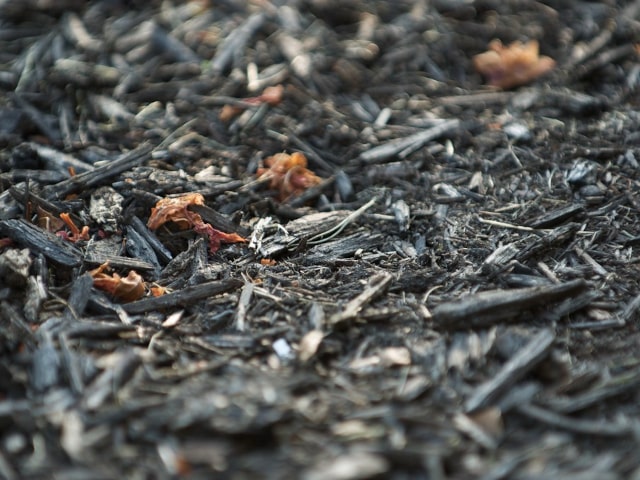
There is a lot of talk about composting and mulching in gardening, and for a reason. Compost and mulch are very beneficial for your garden. However, beginner gardeners often find themselves confused about these things. What's the difference between composting and mulching? What do they do? How to apply them?
Compost and Mulch
Compost and mulch are made from organic materials with the goal of helping your garden soil and plants. The main difference between the two is that compost is made to feed the soil, while mulch is there to protect it.
- Compost: Made to improve your soil and make it suitable for your plants. Composting is also a great way to add the much-needed organic materials to your soil. Finished compost is important for organic gardening. It consists of decomposed organic matter and it's full of beneficial microorganisms that will end up in your soil. This will also improve the soil quality and the food web in your garden. Compost is also made to improve your soil's quality and structure. For example, it can be used to increase drainage in clay soils and retain water in sandy soils.
- Mulch: Added to the soil to protect it and to keep your plants strong. Mulch is often added on the base of the plants in order to protect them. Mulch is made in such a way to stay on the soil. it includes specific organic materials that are not decomposed, such as wood chips and grass clippings, straw, etc. Mulch is most often applied to the base of the plants in thick layers.
Composting Tips
Compost is made through the process of composting, in which collected organic materials are left to decompose over a period of time. Once the decomposition is over, the compost is known as "finished". This usually takes months, if not the whole year, so it's a long process.
To speed up the composting, it's important to allow the air to circulate through the compost pile. Pile aeration is crucial for faster and better results. Different people use different tricks to aerate their pile. Frequent turning of the pile is one thing you can do.
You can also place some PVC pipes with holes drilled in them to help aerate the pile. Simply make the holes in the pipes and place the pipes in the compost pile. Make sure that the pipes stick out in each side. This way, the air is able to come through the both ends and go through all the layers in the compost.
This added aeration will speed up the composting process. The microorganisms in the pile will get a good supply of oxygen, which will make them multiply. This automatically speeds up the decomposition process and makes you have your finished compost sooner.
How to Use Compost and Mulch?
Technically speaking, you can use compost as a mulch by itself. After all, both are made of organic materials. However, this isn't the best way to go. If you use compost alone as a mulch, but chances are that it will sink into the soil rapidly.
To be fully effective, you need your mulch to stay up for long. This is why you need to know how to spread it on the soil and on the base of your plants. For the best results, spread a one inch layer of compost and then cover it with a two inch layer of natural mulch such as straw. Make sure to use straw but not hay - hay has seeds. Another good choice for natural mulch is bark, paper, wood chips or dry grass clippings. You may even use a layer of plastic mulch.
The point is that you need something to hold the compost together on the top of the soil. This is the main difference between compost and mulch. Compost consists of decomposed materials and can't stay on the soil for long. To make a good mulch, it's best to mix compost with specific organic materials that are not decomposed (straw, bark, wood ships, etc.) Mulch is typically added to the base of the plants.
Some people worry that a thick layer of compost mixed with natural mulch will prevent water from reaching the roots of the plants. There's no need to worry about it: the water will find a way through the mulch without a problem. In fact, mulch can be used to help retain moisture because the mulch layer will make the water evaporate more slowly.
Plastic Mulch
Another thing you can use, though sparingly, is plastic mulch. Some people like to use it more than the others. Plastic mulch is made of plastic and it's a very effective against weeds. Since weeds are a huge problem, especially in the vegetable gardens, you may consider using some plastic mulch to get rid of weeds and prevent them from coming back.
If you decide to use it, make sure to always position it on top of the irrigation level (if you use drip irrigation or another irrigation system). This is needed because plastic mulch, unlike the organic one, can't allow water to pass. It will block the water flow to the soil, so you need to be careful with that.
Plastic mulch comes in many different colors so it also looks very pretty in the garden. Also, there are indicators that plastic mulch of a certain colors help the plants thrive. For example, strawberries, tomatoes and eggplants do better with red mulch. Silver mulch film should be used on peppers to make them thrive. Another advantage to silver mulch is that aphids hate it. Black plastic mulch is great for tomatoes. Onions, on the other hand, respond well to all colors of plastic mulch.
Dangers of Volcano Mulching
To make the most of the mulching and composting, there are several additional things to keep in mind:
A proper way to mulch trees: never pile up the mulch on the tree trunk. Don't do volcano mulching around trees. "Volcano mulching" means applying a mulch tightly around a plant's base. Some plants like this, and it may be used for them. However, it's not advisable to use it for trees. It will put excessive moisture around the tree trunk, which opens up the risk for diseases (rotting, fungi, etc.) To mulch a tree properly, keep the mulch away at least 6 inches from the tree trunk. Never pile the mulch up more than two inches.
Pile mulching and volcano mulching is also bad for small, vulnerable plants (such as strawberries). They have delicate stems and leaves, which won't do well under a pile of mulch. Keep the mulch away from the stems - leave at least two inches of the space. Never pile up the mulch around soft fruits and delicate vegetables.
Photo credit: Matt Witmer
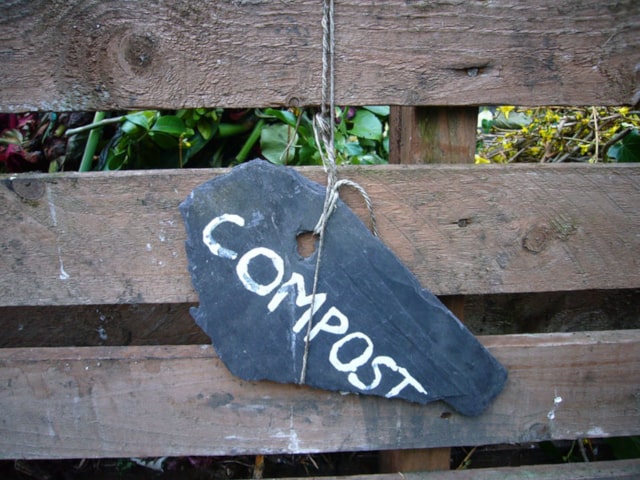
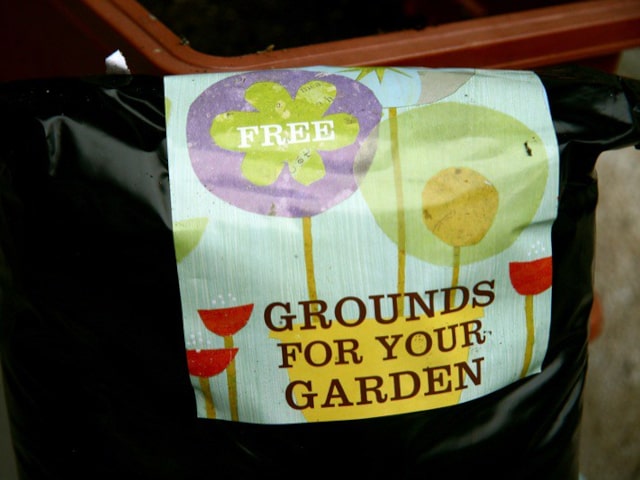
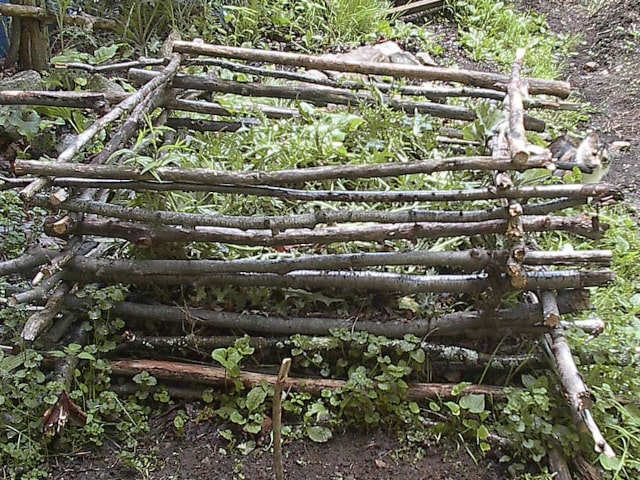
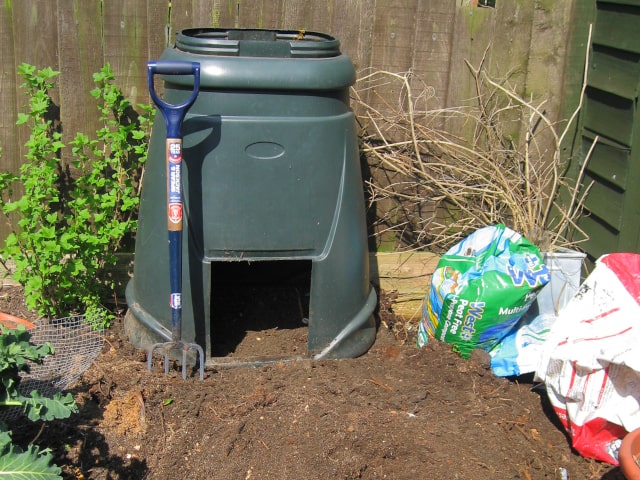
0 Comments